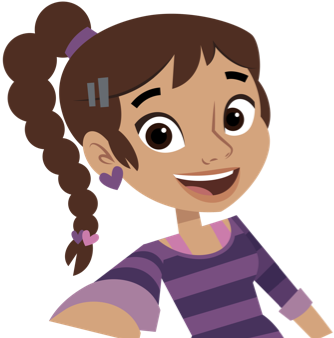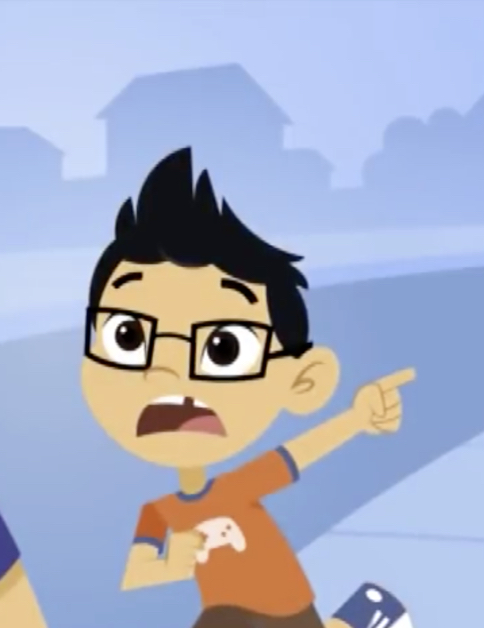




Teacher & Counselor Materials


Prescreening Guidance
As a trusted adult, you play a valuable part in the health and safety of children. The below is provided as background for the content, which we hope will better prepare you to be a resource to any child who may need your help.



Signs & Symptoms of Abuse



Research Evaluations

Use of Animation in Education

How do Children Explore Multimedia Instruction?
“Given the explanative and computational power of visualization, children’s attraction towards visualization is potentially beneficial for learning, provided that appropriate guidance is given in the instructional material.”

How this Research is Implemented in our Video Series:
As students develop trust and connect with the “Protect Yourself Rules” characters, it improves their learning of concepts.
Children’s Experience of Cartoons at Different Age Levels
“By far the most popular films among children are cartoons. This was established in our pre-experiments among preschool children in daycare centers.”
How this Research is Implemented in our Video Series:
Research states that the most popular films among children are cartoons. The Barbara Sinatra Children’s Center Foundation and WonderGrove have produced animations with valuable lessons and social skills that provide students with the knowledge and lessons they need in methods that they enjoy and can relate to.

How do Children Explore Multimedia Instruction?
“Given the explanative and computational power of visualization, children’s attraction towards visualization is potentially beneficial for learning, provided that appropriate guidance is given in the instructional material.”
How this Research is Implemented in our Video Series:
As students develop trust and connect with the “Protect Yourself Rules” characters, it improves their learning of concepts.

Children’s Experience of Cartoons at Different Age Levels
“By far the most popular films among children are cartoons. This was established in our pre-experiments among preschool children in daycare centers.”
How this Research is Implemented in our Video Series:
Research states that the most popular films among children are cartoons. The Barbara Sinatra Children’s Center Foundation and WonderGrove have produced animations with valuable lessons and social skills that provide students with the knowledge and lessons they need in methods that they enjoy and can relate to.



Teaching About Abuse in Schools



Focus Groups


Endorsements
- National Rural Health Educators
- Association of American Educators
- National Association of School Psychologists
- National YMCA

The Protect Yourself Rules are endorsed by:

- Boy Scouts of America
- Dr. Jon Conte, PhD.
- Dr. Richard Krugman, MD; National Foundation to End Child Abuse and Neglect



Additional Resources
The following resources are available should you be
confronted by a child revealing suspected abuse,
or exhibits signs & symptoms of child abuse.
National/State Child abuse identification and reporting laws
The Barbara Sinatra Children’s Center is a Child Advocacy Center and a member of the
National Children’s Alliance: The Force Behind Children’s Advocacy Centers
For additional information, please visit us at